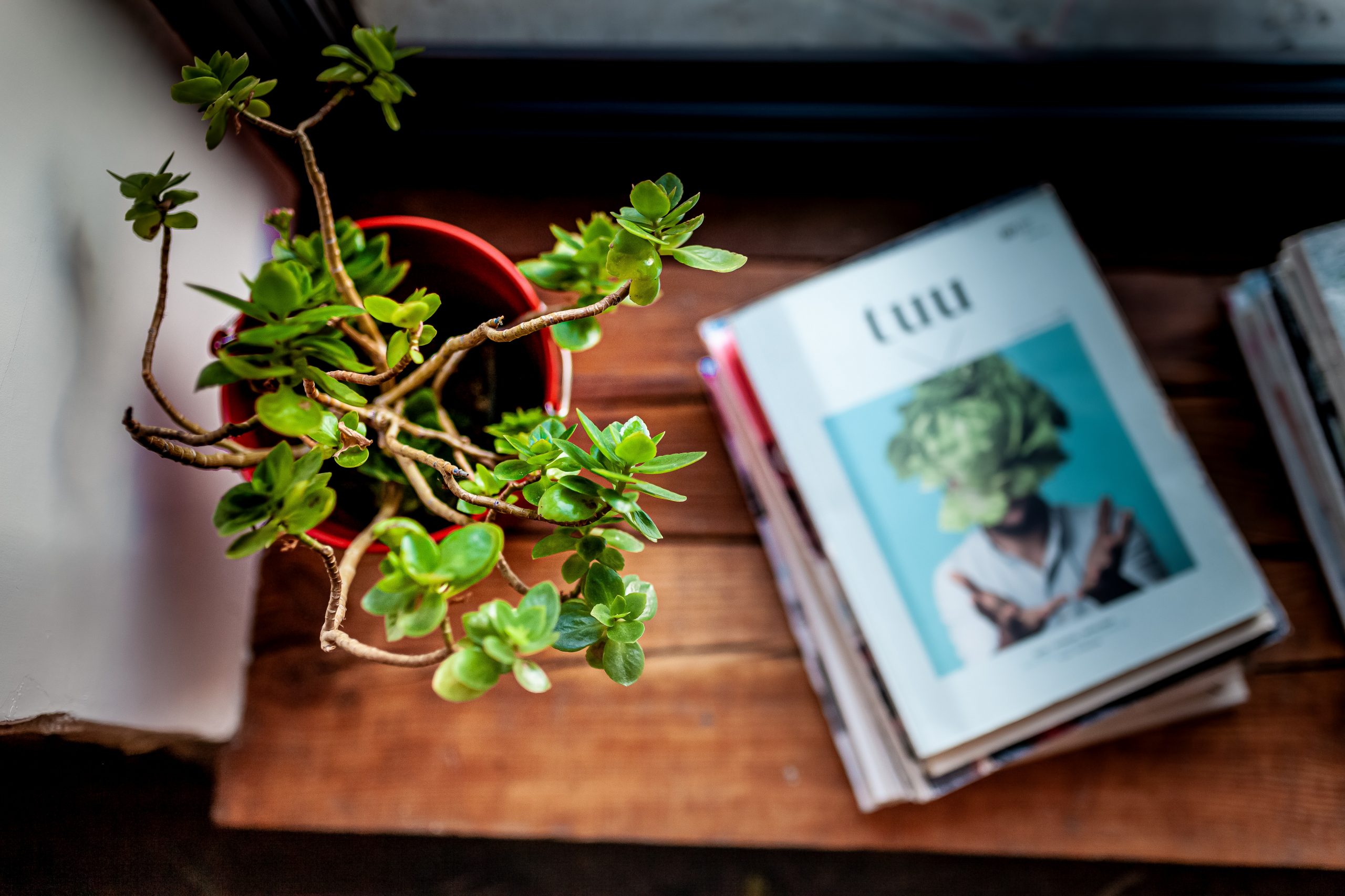The Ficus is a particularly robust plant. In the wild, it can live for more than 500 years, surviving different climatic conditions. Since we domesticated it and grew it indoors, the Ficus has become accustomed to new environmental conditions.
When the temperatures are mild, in spring or summer, it is possible to place your Ficus outside. It will thus be able to take a little daylight. However, it is important to monitor certain parameters so that its location does not ultimately harm it. If you are wondering when to bring in your Ficus, quickly read this article to find out!
Bring in your Ficus when the temperatures are low
If the Ficus is above all an indoor plant, it may well be placed outside if the conditions are favorable. Indeed, the Ficus is a tree that appreciates the mild temperatures of spring. This season will therefore be ideal to put the plant in your garden.
In general, it is considered that the Ficus cannot withstand temperatures below 15 ° C. Below this temperature, the tree risks not surviving. Very often, it is therefore recommended to bring in your Ficus as soon as it starts to get cold at night, that is to say, at the end of autumn. Later, in winter, temperatures are low, and it is therefore important to always leave the Ficus indoors, sheltered from the cold of winter.
Frost can have devastating consequences on the Ficus. When the temperature drops sharply, the cold causes the water to freeze inside the cells of the plant. This causes the death of these cells which burst. Injuries then appear on the Ficus and they can eventually lead to the death of the plant.
Bring in your Ficus if it is in full sun
The Ficus cannot withstand frost and too cold temperatures, but it does not support direct sunlight either. The Ficus can indeed be a victim of sunburn. These result in a sudden and often impressive drying out of the leaves of the plant. Indoor plants like the Ficus are very sensitive to changes in light exposure if they happen too suddenly. Too much sun causes the appearance of characteristic symptoms that appear more or less quickly depending on the thickness of the leaves.. Some of the foliage discolors and often ends up turning brown. It is especially the largest leaves and the most exposed to the sun that will have the most characteristic symptoms.
If your Ficus is outdoors, it should never be in direct sunlight. You must therefore place it in the shade, in the shelter of a tree or a wall for example. If it is not possible for you to find a shady spot outside, then you will have to re-enter your Ficus. Once inside, you must again ensure that the location of the Ficus is optimal. When the sunlight comes in through the windows, the heat will intensify because the air circulation is rather weak. Even though the Ficus appreciates heat, it risks being damaged.
So that your Ficus does not benefit from too much exposure, place it indoors, in a sunny place where it will not be directly exposed to sunlight. We recommend that you place your plant in front of a window facing east or north.
Bring in your Ficus when it's windy
The wind is an element that can strongly disrupt the growth of the Ficus. Air currents and other gusts of wind will cause the appearance of various symptoms on the plant such as leaf fall, an overturning of the pot or a rapid drying out of the soil.
Outside, your Ficus is more likely to be subjected to this kind of climatic hazard. Regardless of the season, it can happen that the wind blows on the plant, especially if the Ficus is placed in height, on a balcony for example. So, at the first warning signs of a windy episode, you absolutely must bring the plant inside. This will prevent you from having a bad surprise linked to the often devastating effect of the wind.
If the winds are light and the temperatures are mild, your Ficus can stay outside, provided you put in place some protection. The easiest way is to build a wooden windbreak or a plant barrier that will protect your Ficus.
Your Ficus will appreciate the mild outdoor temperatures from spring to early fall. However, if the plant can be placed outside at certain times of the year, it is still important to identify the times when it must be brought in. Thus, the wind, the cold and the heat will be the main factors to take into account to know when to bring in your Ficus.




